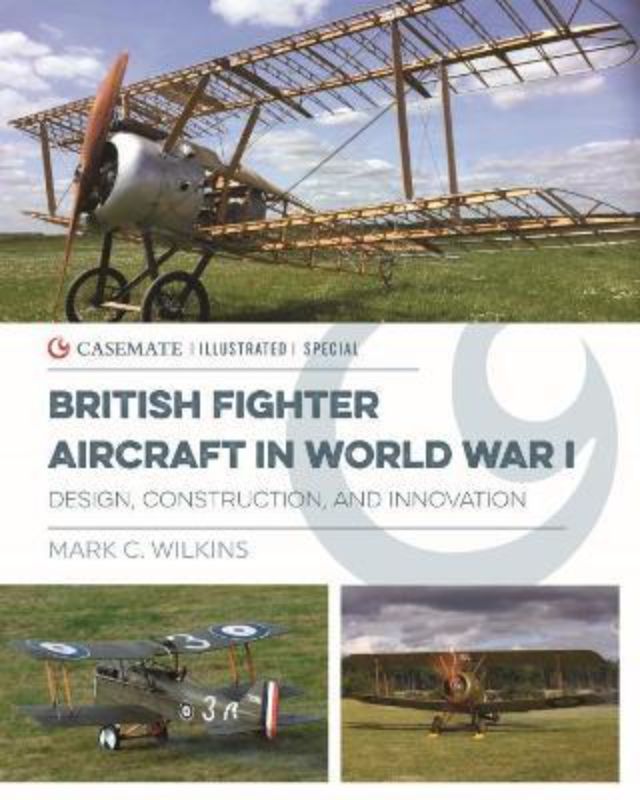British Fighter Aircraft in WWI
Explore the captivating history of British fighter aircraft in World War I with our meticulously curated book by Mark Wilkins. This hardback edition, measuring 203 x 254 mm and featuring 92 richly illustrated pages, delves deep into the innovative designs and unique engineering advancements that characterized this pivotal era in aviation history. Perfectly crafted for aviation enthusiasts and historians alike, this book showcases iconic British fighters, including the legendary Sopwith Camel and the advanced SE5a, highlighting their roles in shaping modern aerial combat. Discover the competitive landscape of aircraft manufacturing during WWI as British engineers adapted strategies from both allies and opponents, driving significant innovations in aircraft design. Learn how early reconnaissance missions transitioned into agile dogfighting tactics, emphasizing the importance of speed, maneuverability, and firepower. With breathtaking illustrations and comprehensive analyses, this book not only captures the historical significance of British aviation but also honors the unparalleled spirit of innovation that emerged during the Great War. Ideal as a gift or to enrich your own collection, this book offers a transformative view of aviation history. Don’t miss your chance to journey through a remarkable period of technological advancement and military strategy. Author: Mark Wilkins | Publisher: Casemate | Bind: Hardback | Dimensions: 203 x 254 mm | Pages: 92 | Publication Date: 15-04-2021.
Delivery Information
Delivery Information
Delivery takes 3-12 business days after dispatch from our fulfillment center, unless stated otherwise. In most cases, your order will arrive before the 12-day mark; however, some items may take up to the full 12 working days.
Payment & Security
Payment methods
Your payment information is processed securely. We do not store credit card details nor have access to your credit card information.


